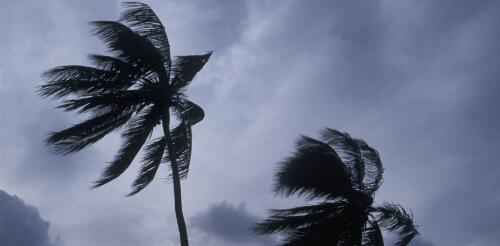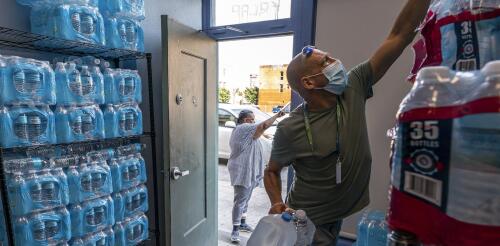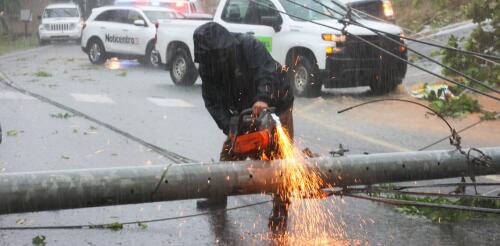Resilience
Preparing for Atlantic hurricane season is always a priority in the Caribbean, especially when forecasts project high numbers of storms, as they do for 2024. The region’s most devastating storm in recent years, Hurricane Maria, struck in September 2017 and inflicted unprecedented destruction on Puerto Rico, Dominica, St. Croix and other islands. Maria killed more than 3,000 people and caused about US$96 billion in damage. It devastated Puerto Rico’s electric power system, leaving 1.5 million customers in the dark for up to 328 days – the longest blackout in U.S. history. These outages had cascading impacts on other infrastructure, such as water and communications systems. Today, the Caribbean region is experiencing new climate-related challenges. Prolonged extreme heat and humid days are increasing because of the accelerated warming of ocean waters. In response to these increasingly frequent and extreme weather events, I teamed up with a dozen other resea...
The heat dome that descended upon the Pacific Northwest in late June 2021 met a population radically unprepared for it. Almost two-thirds of households earning US$50,000 or less and 70% of rented houses in Washington’s King, Pierce and Snohomish counties had no air conditioning. In Spokane, nearly one-quarter of survey respondents didn’t have in-home air conditioning, and among those who did, 1 in 5 faced significant, often financial, barriers to using it. Imagine having no way to cool your home as temperatures spiked to 108 degrees Fahrenheit (43 Celsius), and 120 F (49 C) in some places. People in urban heat islands – areas with few trees and lots of asphalt and concrete that can absorb and radiate heat – saw temperatures as much as 14 F (7.8 C) higher than that. Extreme heat disasters like this are becoming increasingly common in regions where high heat used to be rare. Blackouts during severe heat waves can also leave residents who believe they are...
Five years after Hurricane Maria wreaked havoc on Puerto Rico, Hurricane Fiona has killed at least four people, caused widespread flooding and left hundreds of thousands of residents without water or power. Maria caused extensive damage to Puerto Rico’s power grid in 2017 that left many residents without electricity for months. Rebuilding it has been hampered by technical, political and financial challenges. Carlos A. Suárez and Fernando Tormos-Aponte are social scientists who study Latin American politics and environmental justice. They explain some of the factors that have hindered efforts to recover from Maria and prepare for subsequent storms on this island with a population of 3.2 million people. Failed promises from privatization Carlos A. Suárez Carrasquillo, Associate Instructional Professor, Political Science, Center for Latin American Studies, University of Florida In less than a century, Puerto Rico’s electricity system has gone full circle fr...


